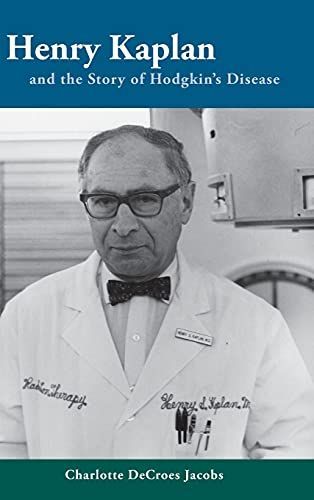
Henry Kaplan and the Story of Hodgkin's Disease
In the 1950s, ninety-five percent of patients with Hodgkin's disease, a cancer of lymph tissue which afflicts young adults, died. Today most are cured, due mainly to the efforts of Dr. Henry Kaplan. Henry Kaplan and the Story of Hodgkin's Disease explores the life of this multifaceted, internationally known radiation oncologist, called a "saint" by some, a "malignant son of a bitch" by others. Kaplan's passion to cure cancer dominated his life and helped him weather the controversy that marked each of his innovations, but it extracted a high price, leaving casualties along the way. Most never knew of his family struggles, his ill-fated love affair with Stanford University, or the humanitarian efforts that imperiled him. Today, Kaplan ranks as one of the foremost physician-scientists in the history of cancer medicine. In this book Charlotte Jacobs gives us the first account of a remarkable man who changed the face of cancer therapy and the history of a once fatal, now curable, cancer. She presents a dual drama —the biography of this renowned man who called cancer his "Moby Dick" and the history of Hodgkin's disease, the malignancy he set out to annihilate. The book recounts the history of Hodgkin's disease, first described in 1832: the key figures, the serendipitous discoveries of radiation and chemotherapy, the improving cure rates, the unanticipated toxicities. The lives of individual patients, bold enough to undergo experimental therapies, lend poignancy to the successes and failures. Visit the author's website.